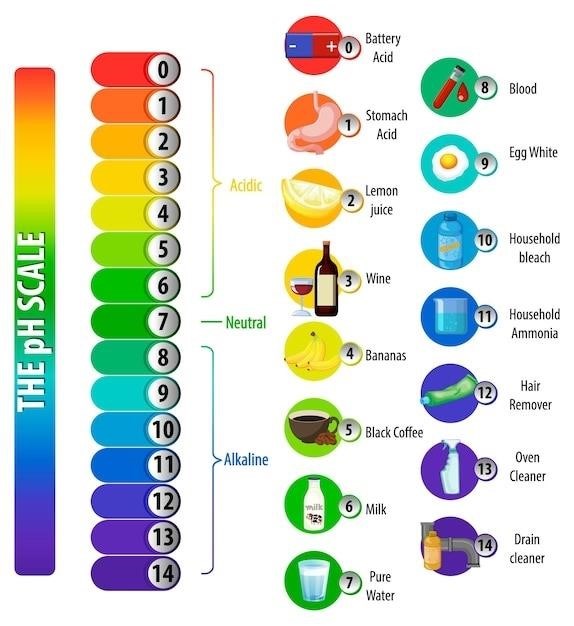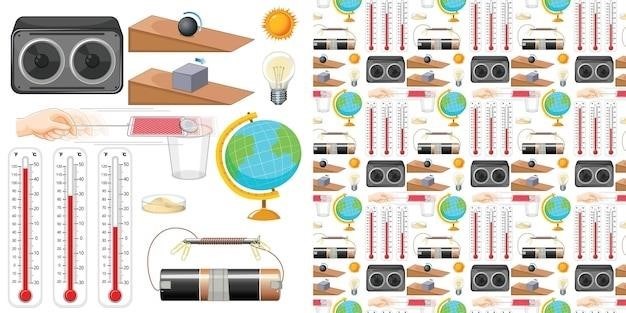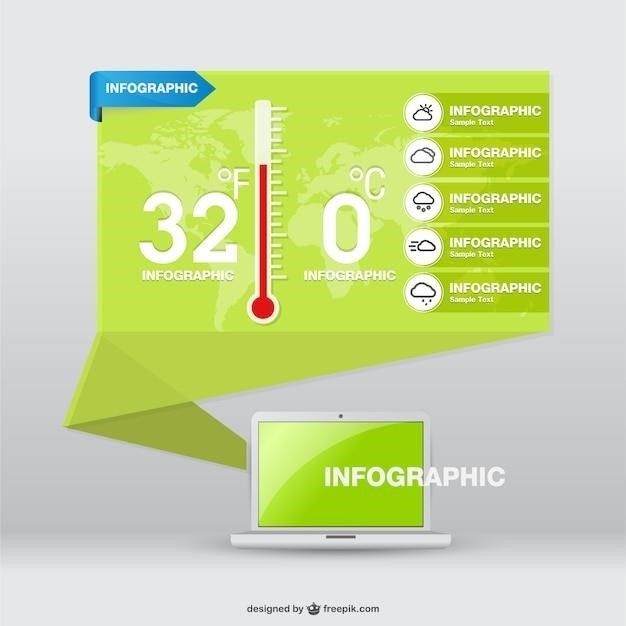
vevor heat press temperature guide
This comprehensive guide provides detailed information on the optimal temperature settings for your Vevor heat press, ensuring successful and long-lasting transfers on various materials. From cotton and polyester to blends and synthetics, we’ll cover recommended temperatures and factors influencing the process. Learn how to achieve professional-quality results by understanding the intricacies of temperature control and applying the right settings for your specific project.
Introduction
A Vevor heat press is a versatile tool that allows you to create personalized designs on various materials like t-shirts, mugs, hats, and more. Mastering the art of heat pressing involves understanding the crucial role of temperature in achieving vibrant and long-lasting transfers. This guide will delve into the intricacies of Vevor heat press temperature settings, providing insights into the recommended temperature ranges for different materials, factors influencing temperature selection, and general guidelines for optimal results. Whether you’re a seasoned heat press enthusiast or a curious beginner, this comprehensive guide will empower you to unlock the secrets of flawless transfers and unleash your creative potential.
Temperature Range

The Vevor heat press boasts a wide temperature range, typically spanning from 104 degrees Fahrenheit (40 degrees Celsius) to 410 degrees Fahrenheit (205 degrees Celsius). This versatility allows you to cater to various materials and transfer methods, ensuring optimal results for each project. The specific temperature setting will depend on the material you’re working with, the complexity of your design, and the transfer method employed. For instance, delicate fabrics like cotton may require lower temperatures than robust synthetics. Understanding the temperature range of your Vevor heat press enables you to make informed decisions, ensuring that your transfers adhere flawlessly and maintain their vibrancy over time.
Recommended Temperatures for Different Materials
To achieve optimal results with your Vevor heat press, it’s crucial to understand the recommended temperatures for different materials. Cotton, a popular choice for t-shirts and other apparel, typically requires a temperature range of 280-300F (140-150C) for successful heat transfers. Polyester fabrics, known for their durability and vibrant color retention, generally benefit from slightly higher temperatures, ranging from 320-350F (160-180C). When working with 50/50 blends, a moderate temperature of 320-350F (160-180C) is often recommended. Synthetic and polyester fabrics, which can be more delicate, may require a lower temperature setting to prevent damage. Remember that these are general guidelines, and it’s always advisable to consult the instructions provided with your specific heat transfer vinyl or sublimation paper for the most accurate temperature recommendations.
Cotton
Cotton, a widely used fabric for t-shirts and other apparel, requires a specific temperature range for successful heat transfers. The recommended temperature for cotton fabrics is generally between 280-300F (140-150C). This temperature allows for proper adhesion of the heat transfer vinyl or sublimation ink to the cotton fibers, resulting in a durable and vibrant design. However, factors like the thickness of the cotton fabric, the type of heat transfer vinyl used, and the complexity of the design can slightly influence the optimal temperature. It’s always advisable to conduct a test press on a scrap piece of fabric before applying heat to your final project. This allows you to adjust the temperature and pressure settings to ensure the best possible results for your specific cotton garment.
Polyester
Polyester, a synthetic fabric known for its durability and wrinkle resistance, requires a slightly higher temperature for optimal heat transfer compared to cotton. The recommended temperature range for polyester fabrics is typically between 320-350F (160-180C). This elevated temperature ensures proper adhesion of the heat transfer vinyl or sublimation ink to the polyester fibers, resulting in a lasting and vibrant design. However, it’s crucial to remember that pressing polyester for too long or at too high a temperature can lead to scorching or damage to the fabric. It’s recommended to perform a test press on a scrap piece of polyester before applying heat to your final project. This allows you to fine-tune the temperature and pressure settings to achieve the best possible results for your specific polyester garment.
50/50 Blends
Blends, particularly those containing a 50/50 ratio of cotton and polyester, present a unique challenge for heat press temperature settings. The ideal temperature for a 50/50 blend typically falls somewhere between the recommended ranges for cotton and polyester, often around 300-320F (150-160C). This compromise allows for sufficient heat to bond the transfer material to both fabric types without scorching either. However, it’s important to note that the precise temperature may vary depending on the specific blend composition and the type of heat transfer material being used. A test press on a scrap piece of the blend fabric is highly recommended before applying heat to your final project. This allows for adjustments to the temperature and pressure settings to achieve the best possible results for your specific blend fabric.
Synthetic and Polyester Fabrics
When working with synthetic and polyester fabrics, lower heat settings are crucial to prevent scorching or damaging the material. Recommended temperatures for these fabrics typically range from 280-300F (140-150C), although specific instructions for the transfer material should always be consulted. The lower temperature allows for a gentler bonding process, ensuring the transfer adheres properly without causing any discoloration or melting of the delicate fibers. It’s important to note that pressing time may need to be adjusted slightly with these materials, possibly requiring a slightly longer duration to achieve a secure bond. As always, a test press on a scrap piece of the fabric is highly recommended before applying heat to your final project to ensure optimal results and prevent any unwanted damage.
Factors Affecting Temperature
The ideal temperature for your Vevor heat press isn’t a one-size-fits-all solution. Several factors come into play, each influencing the optimal heat setting for your project. Understanding these factors empowers you to make informed decisions and achieve consistent, high-quality results. One critical factor is the material type. Cotton, polyester, and blends each require specific temperature ranges for optimal adhesion. Secondly, the design complexity plays a role. Intricate designs with fine details might require lower temperatures to prevent blurring or distortion, while simpler designs allow for higher heat settings. Finally, the transfer method you choose, whether it’s iron-on vinyl, sublimation, or other techniques, will dictate the appropriate temperature range. By considering these factors and consulting specific instructions for your transfer materials, you can ensure the perfect temperature setting for your heat press, resulting in vibrant and durable transfers.
Material Type
The type of material you’re pressing onto is a key factor in determining the appropriate temperature setting. Cotton, being a natural fiber, typically requires a lower temperature range compared to synthetic materials. For instance, when using standard iron-on vinyl on cotton, a temperature of 280-320 degrees Fahrenheit is generally recommended. Polyester, on the other hand, being a synthetic fabric, often requires higher temperatures for optimal adhesion. A temperature range of 320-350 degrees Fahrenheit is typically used for polyester fabrics. Blends, combining both natural and synthetic fibers, fall somewhere in between. 50/50 blends usually require temperatures between 280-300 degrees Fahrenheit. For synthetic and polyester fabrics, a higher temperature range of 320-350 degrees Fahrenheit is often recommended. Always consult the instructions provided with your specific transfer material for the most accurate temperature settings for your chosen fabric type.
Design Complexity
The complexity of your design also plays a significant role in determining the appropriate heat press temperature. For simple designs, such as single-color text or basic graphics, a lower temperature setting might suffice. However, intricate designs with multiple colors, fine details, or layered elements often require a higher temperature to ensure proper adhesion and prevent blurring. A higher temperature allows for greater heat penetration, ensuring that the adhesive in the transfer material bonds thoroughly to the fabric. For instance, if your design has fine lines or delicate details, a slightly higher temperature might be necessary to prevent the lines from becoming blurry or the details from fading during the pressing process. Always err on the side of caution and start with a lower temperature setting, gradually increasing it until you achieve the desired results. Experimenting with different temperatures and pressing times will help you find the perfect balance for your specific design complexity.
Transfer Method
The transfer method you choose also influences the optimal temperature setting for your Vevor heat press. Heat transfer vinyl (HTV) and sublimation printing require different temperature ranges. HTV typically uses a lower temperature than sublimation printing, as it relies on adhesion rather than dye penetration. Sublimation printing, on the other hand, requires a higher temperature to allow the ink to vaporize and bond with the fabric fibers. If you’re using HTV, a temperature of 280-320 degrees Fahrenheit is usually sufficient. However, for sublimation printing, you’ll need a higher temperature, typically around 350-390 degrees Fahrenheit. Always consult the instructions provided with your transfer materials, as they will specify the recommended temperature and pressing time for optimal results. By following these guidelines, you can ensure that your transfers adhere properly and retain their vibrant colors and details over time.
General Guidelines
To ensure successful and safe heat press operations, follow these general guidelines⁚
- Pre-heat the press⁚ Allow your Vevor heat press to reach the desired temperature before applying any pressure to the transfer. This ensures even heat distribution and optimal bonding.
- Use a heat-resistant surface⁚ Place your transfer material on a heat-resistant surface, such as a cutting mat or a piece of parchment paper, to prevent scorching or damage to your work surface.
- Apply even pressure⁚ Apply consistent pressure to the transfer during the pressing process to ensure proper adhesion and prevent uneven transfers.
- Use a timer⁚ A timer is essential for accurate pressing times. Follow the recommended time for your specific transfer method and material type.
- Avoid over-pressing⁚ Over-pressing can damage your transfer, leading to cracking or peeling.
- Allow time for cooling⁚ After pressing, allow the transfer to cool completely before handling to prevent damage or smudging.
By following these guidelines, you can maximize the effectiveness of your Vevor heat press and achieve professional-looking results.
Troubleshooting
While using a Vevor heat press, encountering occasional issues is normal. Here are some common troubleshooting tips to address them⁚
- Uneven transfers⁚ If your transfers are not adhering evenly, check your pressure settings. Ensure you’re applying consistent pressure throughout the pressing process. Also, verify that your transfer material is smooth and free from wrinkles or folds before pressing.
- Faded or dull transfers⁚ If your transfers are faded or lack vibrancy, ensure your heat press is reaching the correct temperature. Calibrate your temperature gauge if necessary. Additionally, check the quality of your transfer material and make sure it’s compatible with the chosen temperature.
- Transfers peeling or cracking⁚ If your transfers are peeling or cracking, you may be over-pressing. Reduce your pressure or shorten the pressing time. Also, ensure your transfer material is properly applied and free from bubbles or wrinkles.
- Burns or scorches⁚ If your transfer material shows signs of burning, reduce your temperature setting. Also, ensure you’re using the correct transfer material for the desired temperature range.
Remember to always refer to the manufacturer’s instructions and consult online resources for additional troubleshooting tips specific to your Vevor heat press model.
Safety Precautions
Using a heat press requires a mindful approach to safety. Here are some essential precautions to ensure a safe and enjoyable crafting experience⁚
- Always wear protective gear⁚ Heat-resistant gloves are crucial to protect your hands from burns. Consider using a heat-resistant apron or clothing to shield your body from accidental contact with the hot platen.
- Never leave the heat press unattended⁚ The hot platen can cause severe burns. Always supervise the heat press during operation, especially when children are present.
- Keep a fire extinguisher nearby⁚ Having a fire extinguisher readily accessible in case of a fire is essential. Ensure everyone in your workspace knows how to use it.
- Use the heat press on a stable surface⁚ The heat press should be placed on a sturdy, level surface to prevent accidents caused by tipping or instability.
- Inspect the heat press regularly⁚ Before each use, inspect the power cord, plug, and platen for any damage. Damaged parts can cause electrical hazards or malfunctioning.

- Avoid pressing flammable materials⁚ The heat press should never be used to press flammable materials, as it could ignite a fire.
Remember, safety should always be your top priority when using a heat press. By following these precautions, you can ensure a safe and enjoyable crafting experience.
Mastering the art of heat press temperature settings is crucial for achieving professional-quality transfers and unleashing your creativity. By understanding the recommended temperatures for different materials, considering factors like design complexity, transfer method, and material type, you can achieve vibrant, long-lasting designs on a variety of surfaces. Remember, safety should always be your priority. Always wear protective gear, keep the heat press on a stable surface, and never leave it unattended.
With practice and careful attention to detail, you can master the Vevor heat press and create personalized, eye-catching designs on t-shirts, mugs, hats, and much more. Enjoy the process of transforming your ideas into tangible creations, and let your creativity soar with the help of your reliable Vevor heat press.
Comments (0)